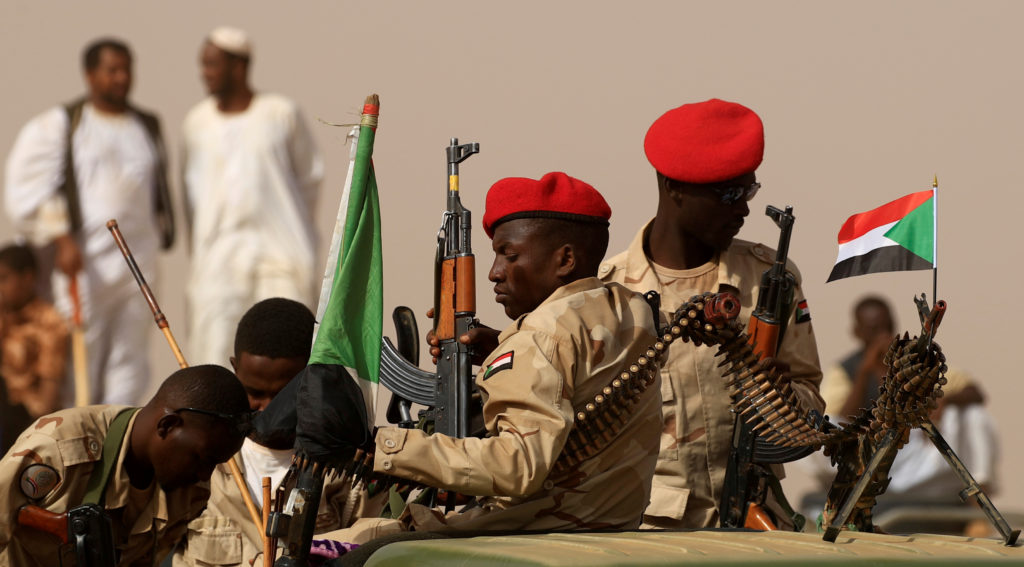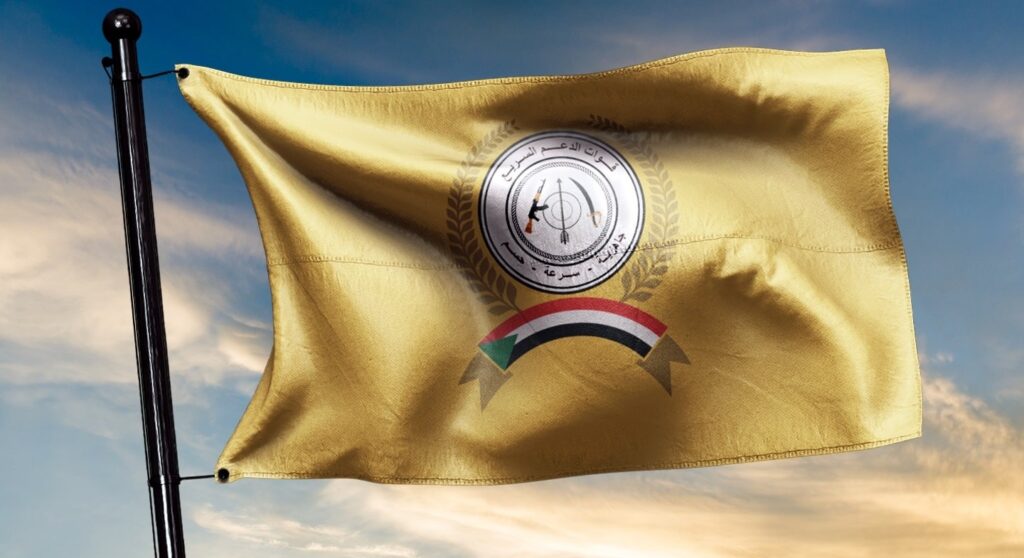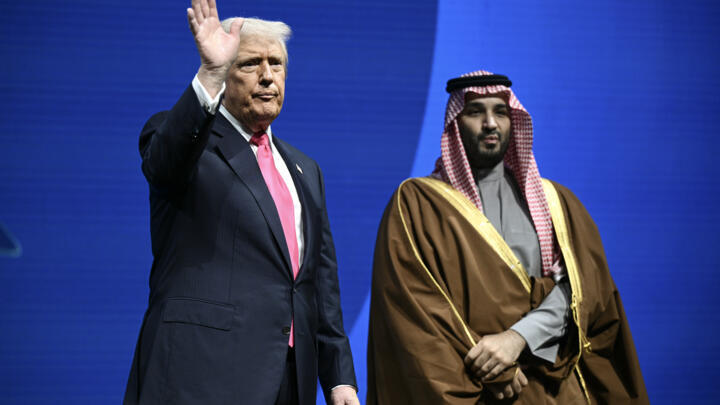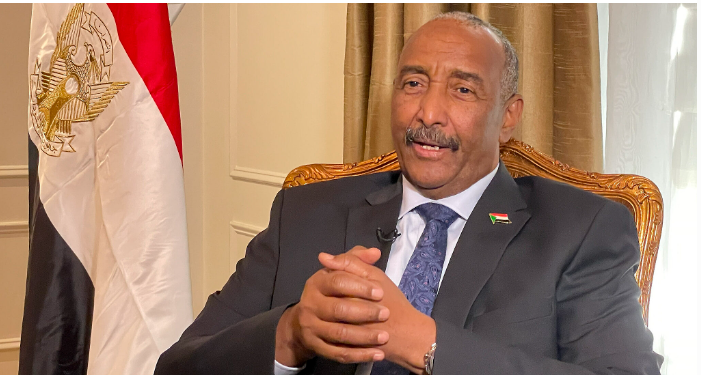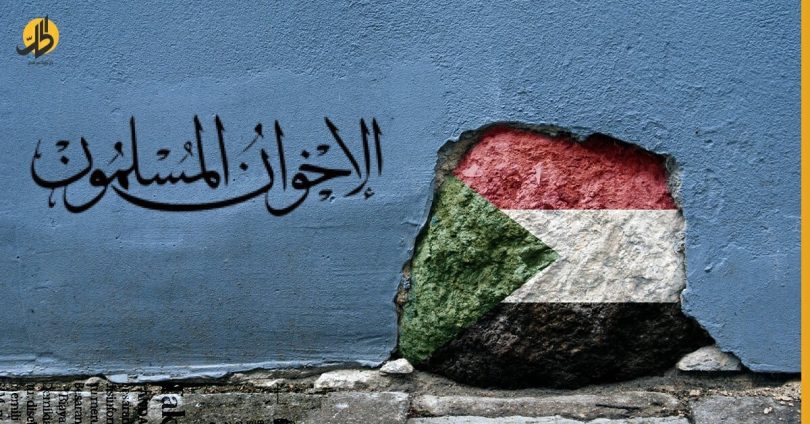
Islamist-aligned militias have re-emerged as a major force across Sudan after reorganizing under new banners over the past two years, according to a report cited by Al-Ain that draws on “Sudan Peace Tracker” security sources. The networks are portrayed as large enough to strain the cohesion of SAF if the war drags on.
Sources quoted in the report say senior figures in the Sudanese Islamic Movement began, in early December 2022, to orchestrate campaigns against the Framework Agreement talks—mobilizing anti-democracy messaging and coordinating with sympathetic officers. They allege discussions at the movement’s top levels involved SAF officers including Shams al-Din Kabashi, Yasser al-Atta, Abbas Hassan al-Darouti and Hassan al-Bilal. Plans for military action were said to have been set in motion in early April 2023, with “zero hour” on April 15—the day nationwide fighting erupted.
A second source from Omdurman claims Islamist cadres were embedded into SAF units days before the war, including engineering, armor, signals and the 1st Brigade near al-Baqir, as well as Central Reserve Police. The source further alleges a high share of officers were recruited under former dictator Omar al-Bashir and that intelligence branches are dominated by the movement—claims that cannot be independently verified.
The report says retired officers were brought back, naming ex–Armored Corps commander Nasr al-Din Abdel Fattah and others who later died in combat or air incidents. It highlights the “Baraa ibn Malik Corps,” led by Misbah Abu Zaid Talha, overseen by Islamist leaders Ali Karti and Osama Abdallah, with operational supervision from SAF’s Yasser al-Atta. The corps is described as split between factions aligned with Karti/Ahmed Haroun and Ibrahim Mahmoud/Ibrahim Ghandour, yet united in fighting alongside SAF and opposing pro-democracy civilian forces. Some members allegedly received advanced training inside Sudan and abroad, including Iran; its headquarters is said to be near Karari locality offices in Omdurman.
Named figures include commanders Muhannad Fadl, Owais Ghanem and Hisham Bayram (reported killed on July 13 in the Umm Sumayma battle, Kordofan). A separate “Special Operations Battalion,” drawn from former Popular Security, reportedly formed along ethnic lines (Kordofan/Darfur) to balance perceived northern dominance within Baraa. After SAF regained Jabal Moya in Sennar, command was handed to Shihab Burj, a veteran mujahideen figure previously detained by SPLM-N in the Nuba Mountains (2013–2017) and released in a swap.
According to the report, the battalion was formalized following meetings among Burj, Ahmed Mohamed Abu Bakr (“al-Khuffash”) and Farhat al-Omda with SAF deputy commander Kabashi in Port Sudan, then with Karti and Ahmed Haroun in Atbara. Additional leaders—Ahmed “al-Batt,” Anas Mohamed Fadl and Moatasem “Batman”—were reported killed in late July in Umm Sayala, Kordofan; commander Yousif Mohamed Zain has allegedly been held by the RSF since Oct. 3, 2024. The battalion is said to be less trained than Baraa but obtains advanced weapons via Ahmed Haroun (wanted by the ICC), with funding from White Nile state and other local budgets, taking directives directly from Haroun and maintaining operational ties with the SAF-aligned Sudan Shield Forces led by Abu Aqla Kikal.
Other Islamist formations cited include the “Bunyan al-Marsous,” “Barq al-Khatif,” and “Usud al-‘Areen” brigades—composed of former mujahideen and Popular Defense Forces veterans—as well as “Elite Brigades” combining ex-security/operations officers, mobilized volunteers, Popular Resistance elements and Central Reserve Police (“Abu Tira”). One of their prominent commanders, Brig. Ihab Mohamed Yousif al-Tayyib, was reported killed in May during heavy clashes in al-Khuwei, West Kordofan.
Sudan Peace Tracker warns that unchecked militia activity risks exhausting the remnants of the regular army, eroding civil liberties and the prospects for democracy, and further destabilizing the region. Many of the specific allegations in the report rely on unnamed security sources and cannot be independently confirmed.

